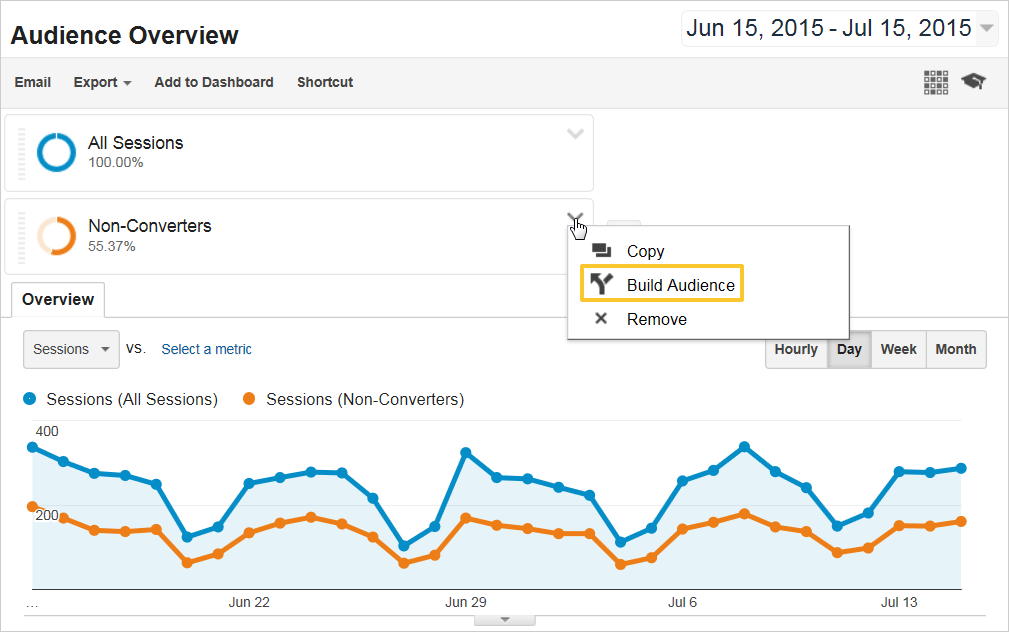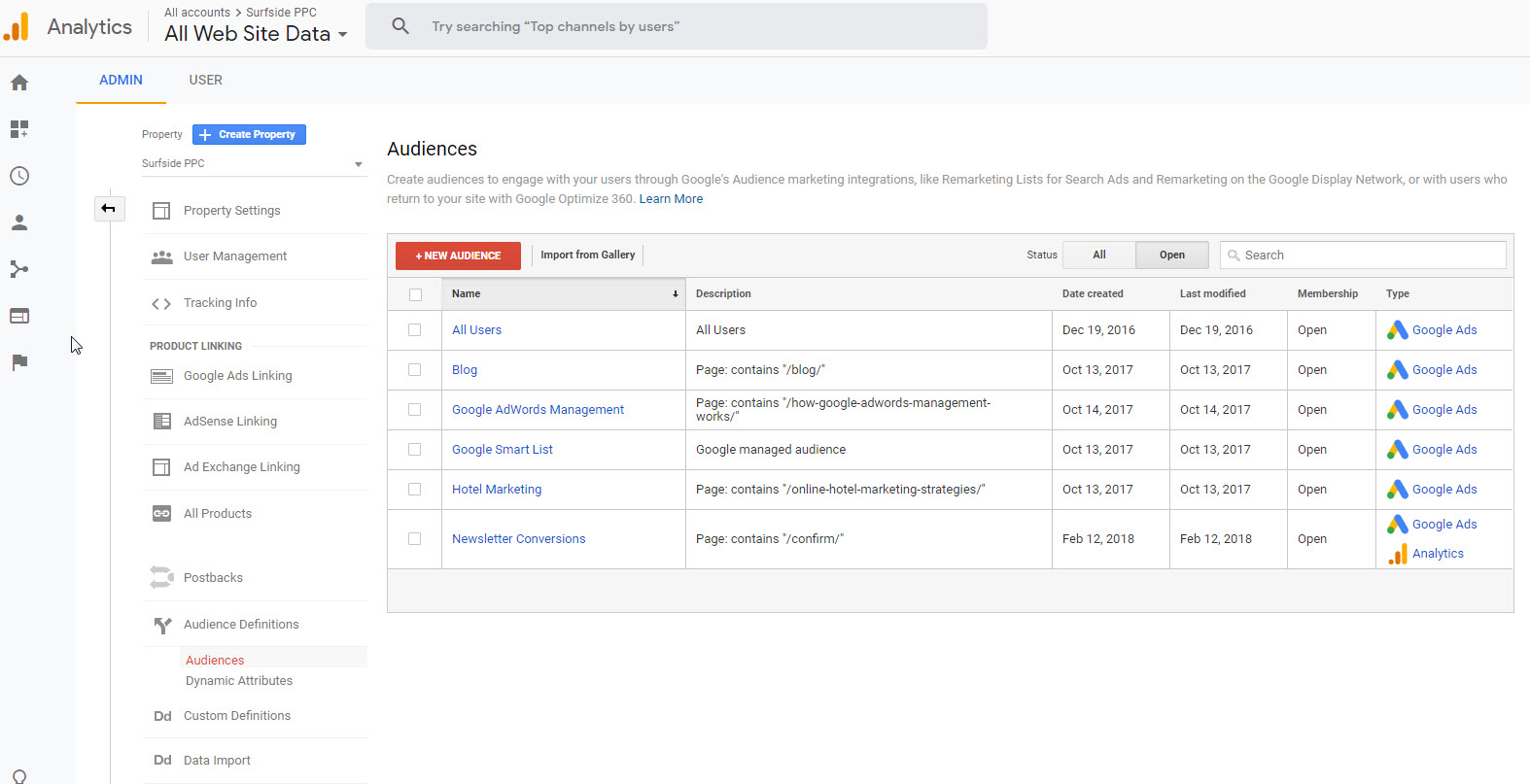Step-by-Step Tutorial: Remarketing In Google Analytics
Wiki Article
Optimize Your ROI With Remarketing in Google Analytics
In the world of electronic advertising and marketing, the application of remarketing approaches within Google Analytics has confirmed to be a powerful tool for improving roi. By using the power of customer information and customizing ads to certain audience sectors, organizations can significantly intensify their conversion prices. The real key lies in the art of accuracy - comprehending individual behavior, crafting engaging ads, and continuously refining strategies to drive optimal results. The trip to maximizing ROI via remarketing is a nuanced course paved with insights and chances that can reshape the trajectory of your advertising and marketing ventures.Understanding Remarketing in Google Analytics
Recognizing remarketing in Google Analytics is necessary for optimizing your electronic marketing approach. Remarketing enables you to target customers who have actually formerly seen your site or connected with your application, providing them with customized ads as they browse various other websites or use other applications within the Google Present Network. This strategy aids maintain your brand top of mind and urges users to return to your website, ultimately boosting the likelihood of conversion.By using Google Analytics, you can track the efficiency of your remarketing campaigns, getting beneficial insights into individual actions, engagement, and conversions. This information allows you to refine your targeting, messaging, and bidding approaches to improve the general performance of your projects.
Additionally, comprehending the different sorts of remarketing listings offered in Google Analytics, such as basic, dynamic, and similar target markets, permits you to develop tailored and highly segmented campaigns tailored to certain user sectors. This degree of granularity can substantially improve the relevance and impact of your remarketing efforts, eventually maximizing your return on investment.
Establishing Remarketing Listings
To successfully execute remarketing campaigns in Google Analytics, the first action involves creating and configuring remarketing checklists targeting certain user sectors based upon their interactions with your website or application. By setting up remarketing lists, you can customize your advertising efforts to get to individuals that have actually already revealed interest in your services or items.To begin, browse to the Admin section of your Google Analytics account and pick the Property where you intend to create the remarketing checklist. Then, under the Building column, click on 'Target market Definitions' and select 'Target markets.' Next, click the red 'New Target market' button and pick 'Create New' to specify the specifications for your remarketing checklist.

Crafting Efficient Remarketing Advertisements

When crafting your ads, concentrate on creating attention-grabbing headlines and engaging visuals that attract attention to potential customers. Integrate strong calls-to-action that urge customers to revisit your website and finish a wanted action. Use dynamic remarketing to show customized ads featuring product and services that individuals have previously viewed on your website.
In addition, make certain that your advertisements are mobile-friendly because a significant portion of internet traffic originates from smart phones. Examination various advertisement variations to identify which messages and designs drive the most effective results. By continuously refining and maximizing your remarketing advertisements based on efficiency information, you can maximize their performance and improve your roi.
Studying Remarketing Performance

Through Google Analytics, marketing experts can track the performance of their remarketing projects in real-time, enabling them to recognize patterns, patterns, and locations for enhancement without delay. By evaluating the information, online marketers can establish which ads are executing well, which audience sections are reacting positively, and which networks are driving one of the most conversions. This level of granularity makes it possible for online marketers to make data-driven choices to maximize their remarketing advocate much better outcomes.
Optimizing ROI With Remarketing
Examining remarketing information in Google Analytics enables online marketers to pinpoint possibilities for maximizing roi (ROI) with strategic modifications - What Is “Remarketing” In Google Analytics?. To Related Site make the most of ROI with remarketing, it is crucial to comprehend the actions of your audience. By assessing individual interactions, such as the pages they went to, the items they watched, or the activities they took on your website, you can tailor your remarketing projects extra effectivelySegmenting your audience based on their behavior enables you to develop personalized and targeted ads that are much more likely to resonate with them. By showing appropriate ads to details segments of your audience, you can increase the chances of conversion and ultimately boost your ROI.
Furthermore, evaluating different ad creatives, messaging, and offers can help recognize what reverberates ideal with your target market. A/B screening permits you to trying out various aspects of your ads to identify what drives the highest interaction and conversion rates.
Final Thought
In conclusion, optimizing ROI with remarketing in Google Analytics needs a tactical method to examining individual behavior, segmenting audiences, developing customized ads, and optimizing campaign efficiency. By leveraging data-driven understandings and evaluating different approaches, organizations can improve their remarketing efforts to drive higher engagement and conversion rates. This organized technique guarantees that resources are successfully alloted towards making best use of rois in remarketing campaigns.Next off, click on the red 'New Target market' button and select 'Develop New' to define the parameters for your remarketing listing.
By continuously refining and maximizing your remarketing ads based on efficiency information, you can maximize their performance and improve your return on financial investment.
By delving right into these insights, marketers can obtain an extensive understanding of how their remarketing efforts are reverberating with their target audience and driving conversions. To maximize ROI with remarketing, it is vital to understand the behavior of your target market.In conclusion, making best use of ROI with remarketing in Google Analytics requires a critical approach to examining individual actions, segmenting audiences, producing customized ads, and enhancing project performance.
Report this wiki page